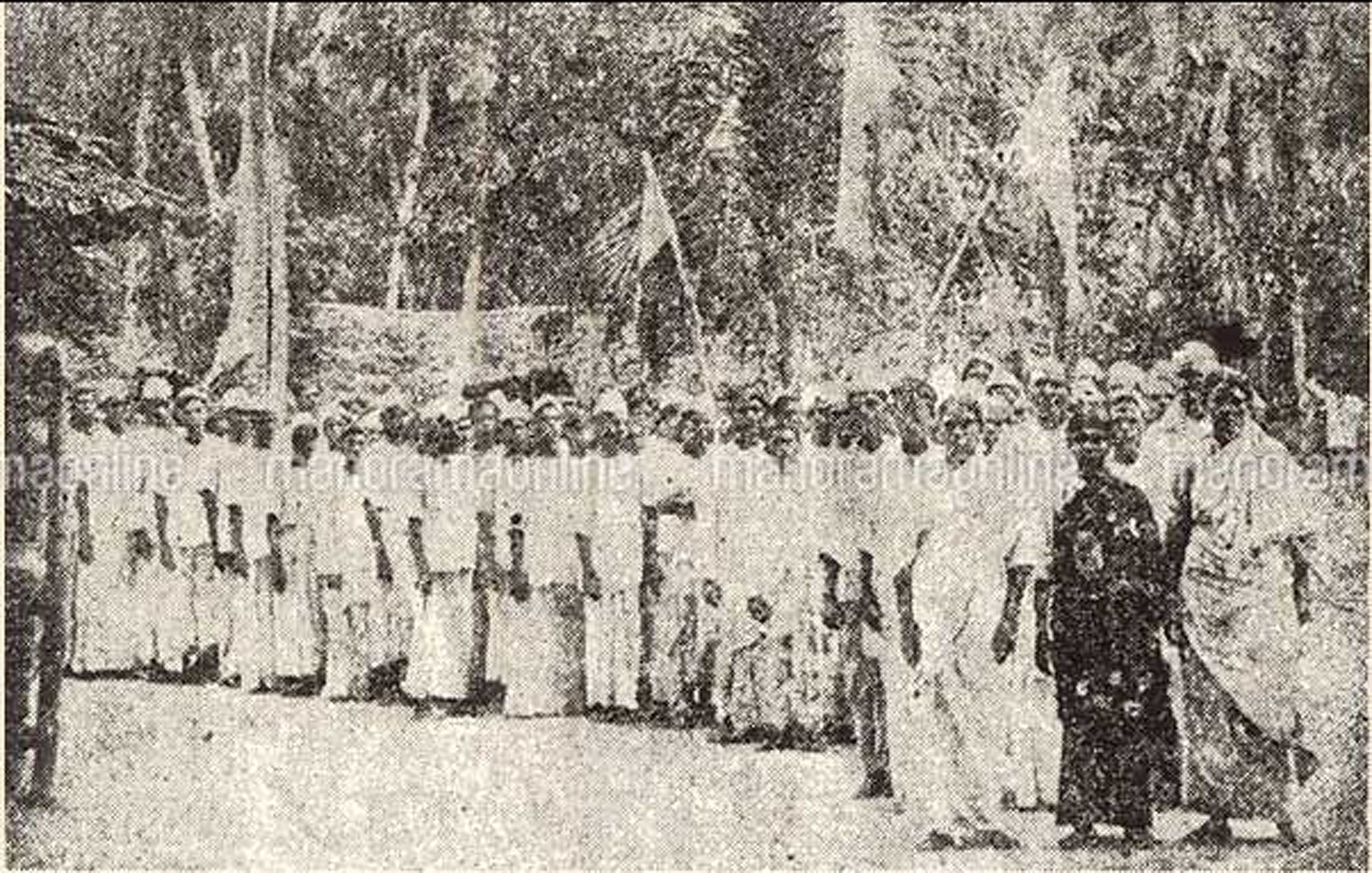The denial of access and exclusion of Dalits from temples is a severe form of psychological harm alongside other oppressive structures in India. India is such a country even spirituality is denied to the Dalits. Vaikom Satyagraha is one movement in Indian history that addressees this dehumanisation of Dalits. The movement emerged to uphold the dignity and rights of Dalits also called as “lower caste Hindus” who were not allowed to enter even the premises of Vaikom Temple. It is a cornerstone movement for a broader struggle of Temple Entry Proclamation.
Led by Reformers such as T.K. Madhavan, George Joseph, K. Kelappan, K.P. Kesava Menon, and Mannathu Padmanabhan, the movement inspired and gathered the “lower-caste Hindus” to peacefully protest for the temple entry. It lasted for more than a year (from 1924 to 1925), garnering significant attention from the government. Many were also arrested in this movement. As a result Gandhi in order to compromise visited Vaikom and convinced Sethu Lakshmi Bai, the regent of Travancore’s king to stop the protest in return of the release of those who were arrested in the protest and the opening of temples in the North, South and West gates to all the castes except the Eastern gate. Despite the criticism from great reformer E. V. Ramaswamy Naikker (Periyar), in 1936 the Temple Entry Proclamation finally granted access to the temple for “lower castes.”
The 1936 Temple Entry Proclamation represented a larger movement against the exclusion of Dalits from temples. Maharaja Chithira Thirunal’s endorsement of the proclamation was widely praised by various leaders and helped deter further conversions among Dalits. Nevertheless, the continued prohibition of Dalits from entering temples in various parts of India has contributed to a significant portion of the Dalit population converting to Christianity. Beyond temple access, many Dalit children face denial of basic educational rights due to restrictions of entry into public schools, underscoring the ongoing struggle for Dalit inclusion.
Recent cinematic portrayals in films such as “Captain Miller” and “Guthlee Ladoo” reflect the enduring challenges faced by a considerable Dalit population. As we observe Dalit History Month, let us prioritize education and truth, echoing the words of Babasaheb Ambedkar: “Educate, Agitate, Organize.” Indeed, education stands as a pillar for the holistic upliftment of the Dalit community. Jai Bhim.
“It is asserted that the mere presence of untouchables along the path to the temple makes it impure. I question whether the mere existence of untouchables renders the Brahmins and the deity within the temple impure. If it is indeed the case that the deity in the Vaikom temple becomes impure, then it follows that he is not worthy to be a deity, but merely a rock. In such a scenario, I would argue that he is no more than a stone used for washing dirty garments.”
– Periyar


